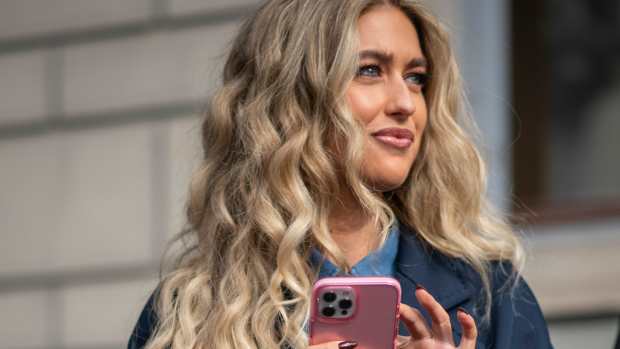This week, the global consultancy McKinsey & Company unveiled its report titled “State of Beauty 2025,” which includes a wealth of data gathered in partnership with Business of Fashion regarding the near future of the beauty sector. Generally, despite evident economic and geopolitical instability, the beauty industry continues to thrive — it’s forecasted to expand by 5% annually up to 2030.
So, how can brands ensure their inclusion in that growth? A predominant insight throughout the data suggests that beauty consumers are informed and selective. This is not new information, but executives surveyed shared that they “foresee consumer scrutiny of perceived value as the foremost theme influencing the industry.” This encompasses shoppers being increasingly mindful of brands’ marketing strategies — and many are experiencing fatigue and/or skepticism toward the conventional playbook that numerous beauty brands have relied on in recent years.
It may be time for beauty brands to reassess their existing marketing approaches and reinvest in creative teams capable of delivering compelling storytelling and brand communication. Ahead, we analyze four enduring beauty marketing tactics that brands might want to scrutinize critically in 2025 — and beyond.
Consumers Don’t Prioritize Founder-Led Brands
Founder-led brands have become as prevalent as those identifying as “disruptors” in the beauty arena, particularly in the last 20 years. However, high-profile founders do not necessarily guarantee significant growth needed to become major competitors in the beauty landscape. According to McKinsey’s findings, only three founder-led brands over the past two decades have scaled beyond the $1 billion mark: Fenty, The Ordinary, and Charlotte Tilbury. (The report additionally points out Selena Gomez’s brand Rare Beauty as a fourth founder-led brand that has recently gained traction; it’s “achieved remarkable growth, with annual sales nearing $1 billion.”)
“Over the past decade, a surge of brands with public-facing founders surfaced… While a notable founder can drive growth, their mere presence is not enough for enduring success,” observes the report. “As many branding niches become saturated, quality and uniqueness will be critical.”
Moreover, McKinsey discovered that “only 13% of customers identify the brand founder as a primary reason for purchasing their most frequently bought brand, whereas performance and price are credited by 39% and 24% respectively.” In essence, while consumers may appreciate a recognizable face associated with a brand, it isn’t the reason they remain loyal.
“Although a well-known celebrity or influencer can spark initial interest, establishing a billion-dollar brand is a full-time, long-range project that necessitates intense commitment. Brands overly reliant on their founders’ visibility may find it challenging to maintain momentum — particularly in a landscape where attention is perpetually shifting and consumer loyalty must be cultivated, especially through robust product performance,” elaborates the report.
That doesn’t imply that founder-led brands are outdated; rather, it’s essential to employ the founder strategically and ensure that the brand stands robustly on its own, independent of the founder. Again, Rare Beauty exemplifies this point effectively. McKinsey noted that Gomez herself is referenced in only 8% of the brand’s marketing content. “The brand has focused on messaging around mental health and establishes trends with unique products that resonate beyond the founder’s persona,” mentions the report.
Fame has its limits, particularly if the brand lacks authenticity in relation to the personality backing it. Credibility and genuineness are vital for evolving a founder-led brand into a sustainable business with growth prospects.
Influencer Value Is Diminishing
In a related context, McKinsey’s research reveals that consumers are increasingly indifferent towards influencers than before. The report indicates that one-third of global consumers “turn to influencers for beauty inspiration, but that figure has dropped in the U.S., China, and Europe from 33% in 2023 to 25% in 2025.”
Social media enthusiasts continue to depend on TikTok, Instagram, and YouTube personalities for inspiration — which, in turn, drives trends and “influence[s] consumer preferences, especially among Gen Z and millennial audiences,” according to McKinsey. However, influencer marketing on social platforms is facing a “declining role” in brand and product discovery: “Rising marketing expenses have rendered paid reach more costly to maintain, compounded by the prevalence of AI bots that now account for over half of total web traffic, worsening marketing efficiency.”
Only 7% of consumers across Europe, the U.S., and China reported having recently discovered a brand through an influencer, down from 15% in 2023. Moreover, just 18% of global consumers indicated they regard influencers as the “most trusted source of beauty insights.”
Certainly, the report anticipates that social media will continue to play a significant role in beauty marketing, but “with diminishing effectiveness for discovery, brands need to modify their strategies, connecting social media platforms and influencers to in-store calls to action.”
Consumers Are Cautious of AI






